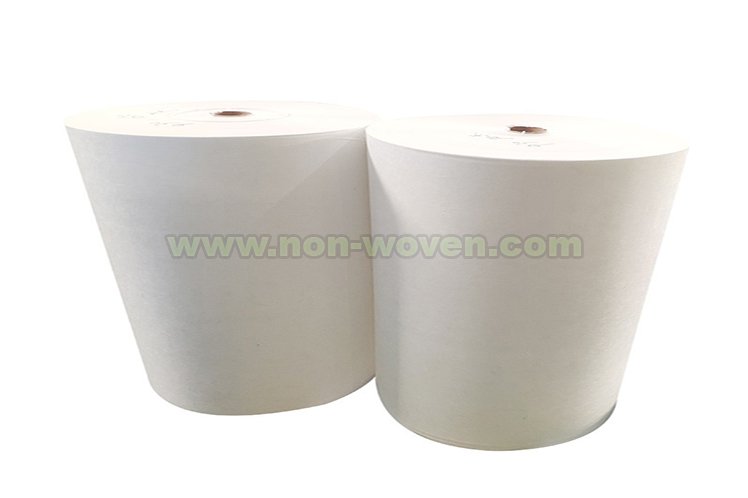Introduction
Meltblown material is a type of nonwoven fabric that is made from polypropylene. It is a versatile fabric that has a wide range of applications, from protective fabrics to filters and absorbent materials.
The material was first developed in the 1950s by two scientists working for the 3M company. Since then, it has undergone a number of changes and improvements. In recent years, the material has been used to create masks and filters that are effective in blocking harmful particles, such as bacteria and viruses.
The use of melt blown material has been particularly beneficial in the fight against the Covid-19 pandemic. Thanks to the development of new types of masks and filters made from melt blown material, we have been able to prevent the spread of the virus and protect people from becoming infected.learn more(wikipedia)
In this article, we will take a look at the evolution of melt blown material, from its humble beginnings to its current use in Covid-19 masks.
What is Melt blown Material?
Meltblown material is a type of nonwoven fabric. It is made from polypropylene, a thermoplastic polymer. The materials is characterized by its fine fibers and low pore size. This gives it several advantages, including high absorbency, high filtration efficiency, and high resistance to heat and chemicals. Melt blown material was first developed in the 1950s by two scientists working for the 3M company. They were looking for a way to create a fabric that could be used as a filter in air- purification systems. The first melt blown material was made by melting polypropylene and blowing it through a nozzle. This created a web of fine fibers that could be used to trap particles. The use of meltblown material has since expanded beyond air-purification systems. It is now used in a wide range of applications, including filter media, battery separators, medical dressings, and insulation.
The History of Melt blown Material
Meltblown material was first developed in the 1950s by two scientists working for the 3M company. They were looking for a way to create a fabric that could be used as a filter in air- purification systems. The first melt blown material was made by melting polypropylene and blowing it through a nozzle. This created a web of fine fibers that could be used to trap particles. The use of melt blown material has since expanded beyond air-purification systems. It is now used in a wide range of applications, including filter media, battery separators, medical dressings, and insulation.
The Evolution of Melt blown Material
Meltblown material has undergone a number of changes and improvements since it was first developed in the 1950s. In recent years, meltblown material has been used to create masks and filters that are effective in blocking harmful particles, such as bacteria and viruses. The use of meltblown material has been particularly beneficial in the fight against the Covid-19 pandemic. Thanks to the development of new types of masks and filters made from meltblown material, we have been able to prevent the spread of the virus and protect people from becoming infected.
The Future of Melt blown Material
Meltblown material has a wide range of applications and is constantly being developed and improved. In the future, we can expect to see meltblown material being used in even more innovative ways,
As the world continues to search for ways to improve air quality and protect electronic devices, meltblown material will likely become increasingly important. For example, it may be used to create activated and sensitized smart LED surfaces, to charge non-contact batteries, or to deliver drugs to specific areas of the body. You can also expect the material to show up in the air and water filters, insulation, chemical stressors and biocides, and oil and paint absorbents.
While we hunt for answers, melt-blown media can help to protect us from uncertainty.

